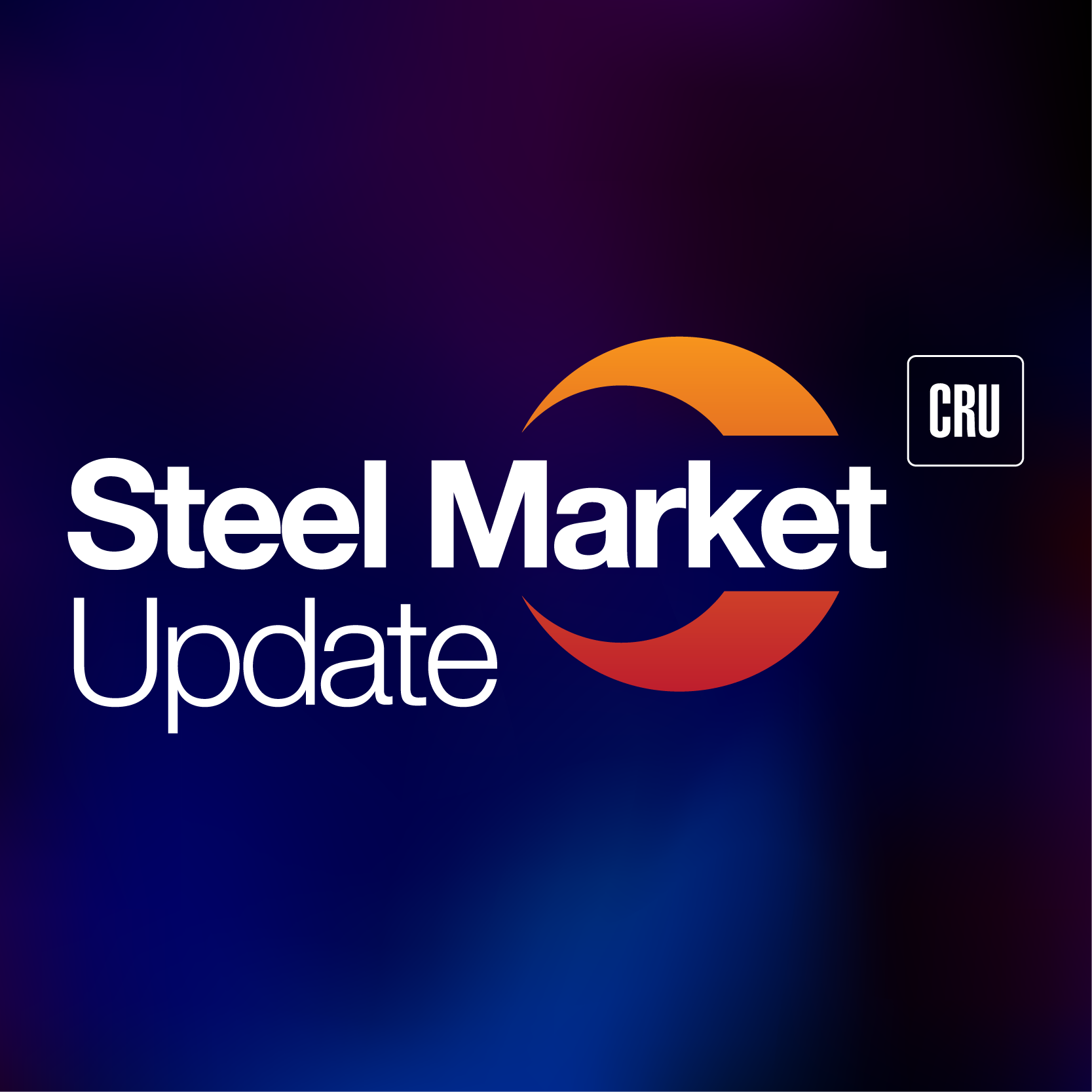Analysis

October 10, 2025
Great Lakes iron ore cargoes down in September as Cleveland tonnage slips
Written by Laura Miller
Iron ore shipments from US Great Lakes ports fell sharply in September, per the latest from the Lake Carriers’ Association (LCA) of Westlake, Ohio.
September loadings were 4.69 million short tons (st), down 14.2% year over year and 7.4% below the five-year average.
Year-to-date iron ore shipments total 31.4 million st, off 14% from last year and 6.6% under the five-year trend.
Of the seven US ports on the Great Lakes, only one has seen higher shipments this year: The Port of Duluth had a 0.7% y/y rise to just under 6 million st. Two ports stand out as having the most significant declines in YTD ore tonnages: The Port of Superior with a 24% y/y drop, and the Port of Cleveland, which saw y/y shipments decline by nearly a third.
Port of Cleveland
LCA’s data shows the significance of blast furnace production on the ore trade.
For example, the Port of Cleveland handled 10% less ore in September compared to the same month last year.
Cleveland-Cliffs idled its C-6 blast furnace in Cleveland in October 2024. The steelmaker brought that furnace back online in July, but it simultaneously idled a larger furnace in Dearborn, Mich.
The impact on the Port of Cleveland can be clearly seen in LCA’s data: YTD ore tonnages of 2.02 million tons are down 31% from 2.92 million tons in the same 2024 period. And they are off 13% from the YTD 2020-2024 five-year average of 2.33 million tons.
Ore handlings at Iron Range ports also softened. Two Harbors, Minn.; Silver Bay, Minn.; and Superior, Wisc., posted lower September volumes versus last year, pulling the basin total down.
Seaway closure approaching
The seasonal closure of the St. Lawrence Seaway typically begins around late December to early January, but timing varies, depending on Mother Nature.
NOAA predicts a milder winter for the Great Lakes region this year, which could erase any early ice and keep shipping windows open a bit longer.
For Cleveland and other Great Lakes ports, that means there’s a potential for a modest late push if weather and schedules cooperate.







